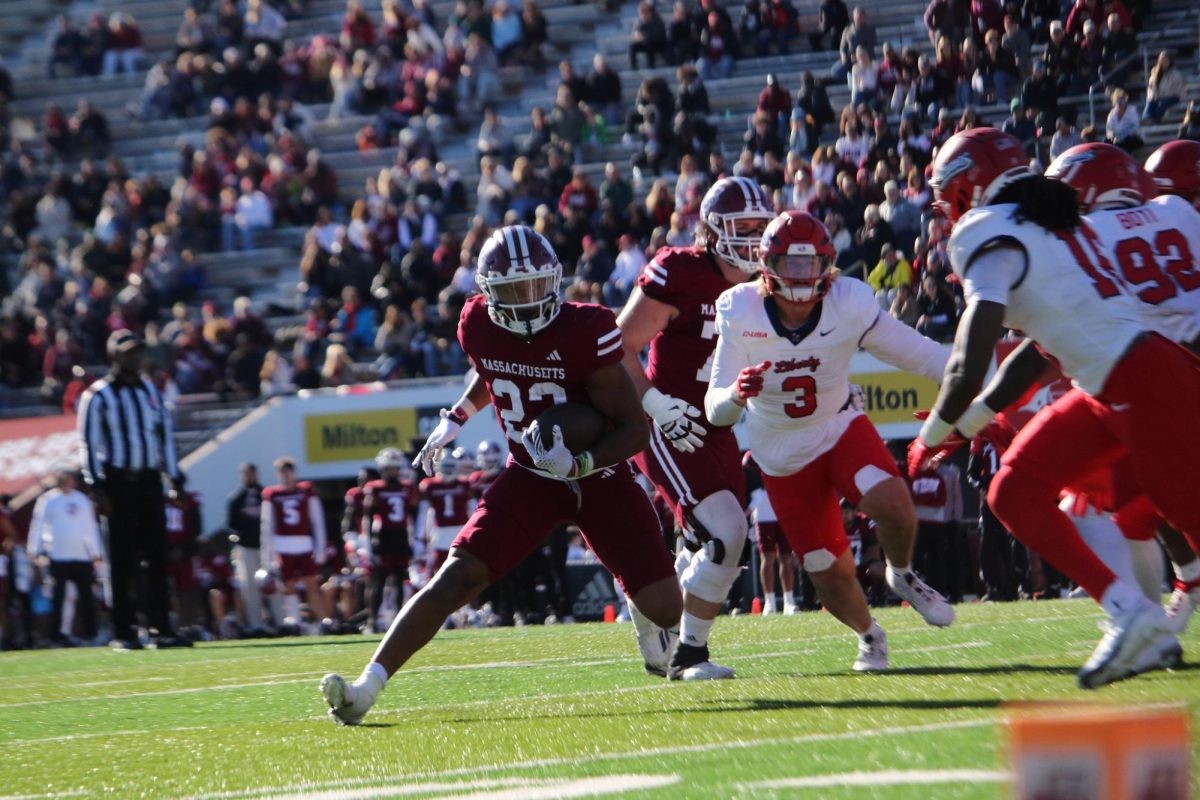Monsters, Inc. grossed an impressive $46.2 million this past weekend, down only 26 percent from its $62.6 million bow – a record for an animated film. Pixar and Disney labored for more than four years to craft the tale of two amiable beasties, Mike and Sulley (voiced by Billy Crystal and John Goodman), who find an errant human child (every monster’s worst nightmare) wandering around Monstropolis.
And who said it’s not easy being green? Last week Shrek took in an ogre-iffic $110 million in VHS and DVD revenue its first three days, the biggest first-week take since Disney released another huge animated film The Lion King to home viewers nearly seven years ago, selling 20 million videos and taking in a roaring $340 million in six days.
Kids aren’t the only ones who have gone wild over animated flicks. Adults and even teenagers (most of whom claim to hate cartoons and the like in order to proclaim their “maturity”) whose inner children still burble about previous field trips to Toy Story, A Bug’s Life and Toy Story 2, look forward to these life-like creations, knowing that no matter what happens, the monsters will look remarkably real.
Technology has advanced so much since Toy Story’s debut six years ago so that every hair on Sulley’s furry blue-and-green body ruffles in the air, and Boo’s every toddler gesture is lovingly-captured. In fact, Randall Bogg (Steve Buscemi), a slithery reptilian creep who challenges Sulley for terror championship in a showdown between good and evil among the monster population, goes invisible during the end of the film in what becomes one of the state-of-the-art animation pieces in the movie.
But magic isn’t about technology, no matter how whizzy the tech is; it’s about story, style, and substance. And so far, these animated flicks have delivered. From Toy Story to Antz to Shrek, this film genre has been better than most others at the multiplex.
And the fact that these movies are entirely animated adds another element to their jewel premise: hidden messages are subtly buried in these films that you no longer need an excuse for watching them for the third and fourth time. With all that time to digitally sharpen every claw and buff every fang, the filmmakers manage to slip in some hard-to-spot visual gags and in-jokes.
This summer’s smash, Shrek, was brimming with inside jokes. Dreamworks honcho Jeffrey Katzenberg, who also worked as one of the producers of the fairy tale, advised the writers and animators at Pacific Data Images (who made Antz) to plant subtle jokes that poke some fun at movie studio Disney that banished the exec in 1994. Remember the dictatorial, real-estate-hungry Lord Farquaad (try saying that name ten times fast!) and you may see an authoritarian resemblance to Katzenberg’s old boss, Disney chief Michael Eisner. You may also remember Farquaad’s theme-park-style castle – clearly Disneyland in disguise. (The battle between the studios continued last weekend. Unlike most videos, which are released on Tuesdays, Shrek came out on Friday, in a move apparently meant to steal thunder from Disney’s Monsters. Judging from the aforementioned sales, neither films were hurt.) Precision to detail can also be seen in Monsters, Inc. where the soap dispensers in the monsters’ locker rooms say “Do Not Eat.”
Post Sept. 11, these films have even more meaning. Everything from Pixar Animation Studios and Pacific Data Images, the chic, cutting-edge computer animation behemoth, contains exceeding vivacity and melts the heart with enormous character and warmth. Filled with multilevel awareness to kids’ eye sensibilities and adult-pitched humor, Monsters, Inc. offers more entertainment than others in the movie theater. Unlike say action flicks (most of which have been pushed back) or heavy-handed dramas, Monsters, Inc. is providing light-hearted fun to a grief-stricken America.
But there’s a fight brewing in the two current computer-generated titans: Can Mike and Sulley top that big green ogre’s almost $270 million take so far? After just 10 days in release, the Monsters have scared up $122.8 million. By comparison, DreamWorks’ Shrek had earned a total of $111.7 million after its second weekend. Then again, there’s also the comparison of DVD sales.






